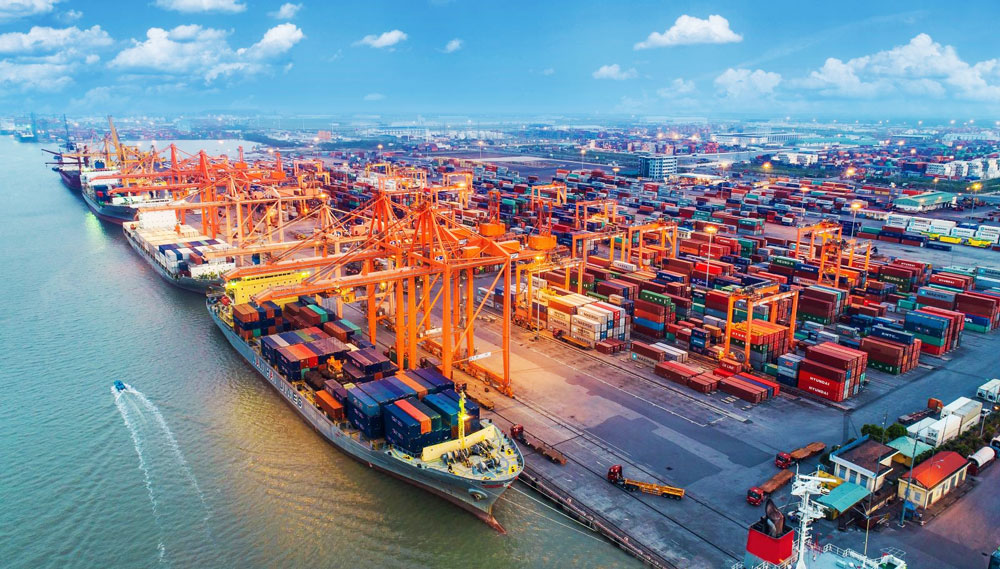Global price fluctuations are causing significant shifts in international trade dynamics, impacting both import and export activities. In 2024, various factors such as geopolitical tensions, supply chain disruptions, and economic policies are influencing commodity prices, thereby affecting global trade. Here are the key highlights on how global price fluctuations are impacting import and export in 2024.
Rising Energy Costs
One of the most noticeable trends in 2024 is the rising cost of energy. Oil and natural gas prices have surged due to geopolitical tensions in key production regions and increased demand as economies recover from the pandemic. This has led to higher transportation and manufacturing costs, affecting the price of goods globally.
Importers and exporters are feeling the pressure as increased energy costs drive up the prices of raw materials and finished products. Countries heavily reliant on energy imports, such as Japan and European nations, are particularly affected. Businesses are seeking alternative energy sources and more efficient logistics solutions to mitigate these costs.
Agricultural Price Volatility
Agricultural commodities are experiencing significant price volatility due to extreme weather conditions, supply chain disruptions, and changing trade policies. Droughts, floods, and other climate-related issues have reduced crop yields in major producing countries, driving up prices for staples such as wheat, corn, and soybeans.
Exporting countries like the United States, Brazil, and Australia are benefiting from higher prices, but import-dependent nations are facing increased food costs. This volatility is prompting governments and businesses to invest in more resilient agricultural practices and diversify their supply sources to ensure food security.
Fluctuations in Metal Prices
The prices of metals, including copper, aluminum, and steel, have also been fluctuating due to supply chain issues and changing demand patterns. Increased demand for metals in renewable energy projects and electric vehicles is driving prices up, while disruptions in mining and transportation are limiting supply.
Industries reliant on metal imports, such as construction and manufacturing, are grappling with higher costs. Exporters of these metals, on the other hand, are capitalizing on the price increases. Businesses are exploring alternative materials and technologies to reduce dependency on volatile metal markets.
Currency Exchange Rates
Currency exchange rates are playing a crucial role in global price fluctuations. The strength of the US dollar, for instance, is affecting the competitiveness of American exports. A strong dollar makes US goods more expensive for foreign buyers, potentially reducing export volumes.
Conversely, countries with weaker currencies may see an increase in exports due to more competitive pricing. Exporters and importers are closely monitoring exchange rates and using hedging strategies to manage currency risks.
Impact on Global Supply Chains
Global price fluctuations are exacerbating supply chain challenges. Higher costs for raw materials and transportation are causing delays and increasing the cost of goods. Businesses are re-evaluating their supply chain strategies to enhance resilience and reduce dependency on single sources.
Many companies are adopting nearshoring practices, bringing production closer to end markets to mitigate risks associated with long-distance shipping and fluctuating prices. This shift is expected to transform global trade patterns and create new opportunities for regional trade agreements.
Government Policies and Trade Agreements
Governments are responding to global price fluctuations with various policies and trade agreements. Tariff adjustments, subsidies, and strategic reserves are being used to stabilize domestic markets and protect key industries. International trade agreements are being renegotiated to address new economic realities and ensure fair trade practices.
Businesses must stay informed about these policy changes and adapt their strategies accordingly. Effective government-business collaboration is crucial for navigating the complexities of global trade in a volatile price environment.
Global price fluctuations in 2024 are significantly impacting import and export activities. Rising energy costs, agricultural price volatility, metal price fluctuations, and currency exchange rates are key factors driving these changes. Businesses and governments must adapt to these trends to ensure stability and competitiveness in international trade.
By adopting resilient supply chain strategies, exploring alternative materials, and staying informed about policy changes, businesses can navigate the challenges posed by global price fluctuations. The dynamic landscape of global trade in 2024 requires agility and innovation, and those who adapt will thrive.

 English
English Tiếng Việt
Tiếng Việt العربية
العربية हिन्दी
हिन्दी Español
Español